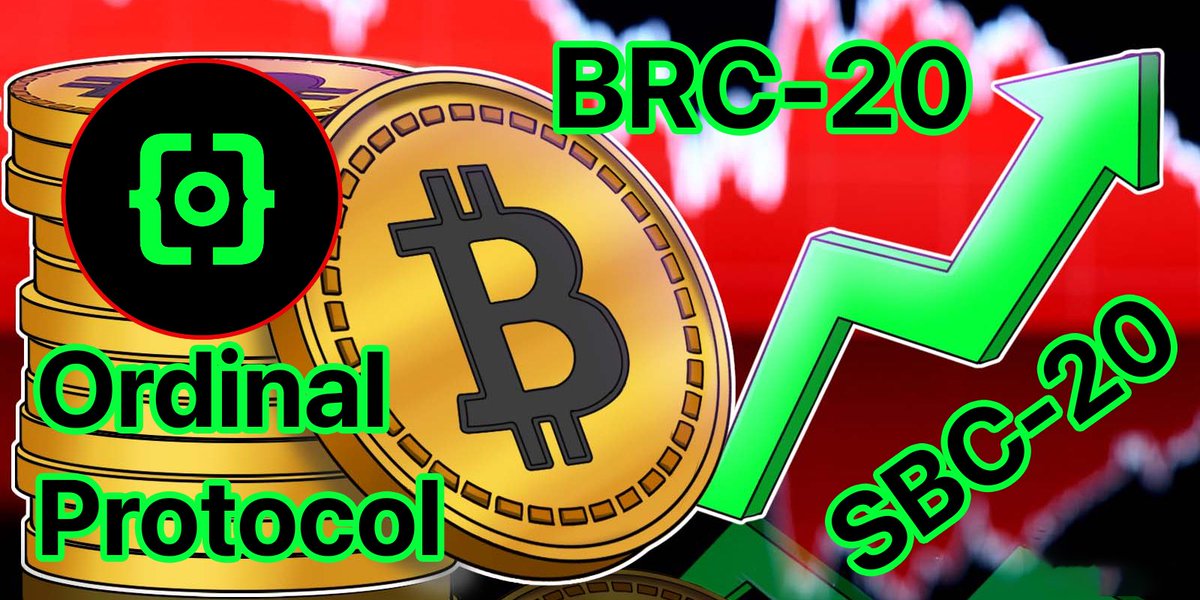
🚀 The Bitcoin Ordinal Protocol Explained: an innovation which allows for tracking, trading, and collecting digital assets on the Bitcoin network!
🤔 What is Ordinal Theory? It's a protocol for assigning serial numbers to satoshis, the smallest unit of a bitcoin, and tracking their transactions. Imagine giving each satoshi a unique identity, like a collectible item! 💎🔗
🛠 Does Ordinal Theory require a side chain, separate token, or changes to Bitcoin? NO! It works right now with only bitcoin as the token, making it a seamless addition to the ecosystem.🌱🔄
🔑 The power of Ordinal Theory: Collecting, trading, and scheming!🤝 By assigning identities to satoshis, they become individually trackable and tradable for numismatic value. Plus, it enables inscriptions: a protocol to attach content to satoshis! 🎨🔐
🧩 How does it work? Ordinal numbers are assigned to satoshis as they're mined. A simple algorithm is used to determine how satoshis move from inputs to outputs in transactions, maintaining their unique identities. 💹🔀
⚠️ The key differences between Ordinal Theory's inscriptions and Ethereum NFTs: - Inscriptions are always immutable🔏 - Content is always on-chain💾 - Inscriptions are simpler and more secure🛡️ - They're scarcer, unlocking new markets💰
🧪 Comparisons to other platforms: Ordinal Protocol has been designed specifically for digital artifacts, offering a simpler and more polished user experience compared to second-layer asset protocols like RGB and Taro. 🖼️🌟
👩🎨 Why inscriptions matter for artists: They're on Bitcoin (high status), have cheaper on-chain storage, unlock new liquidity, and are designed specifically for digital artifacts. This offers unique advantages compared to other NFT platforms. 🎭🚀
🌍 In conclusion, the Ordinal Protocol on Bitcoin opens up new possibilities for tracking, trading, and collecting satoshis, as well as creating digital artifacts. It's a valuable addition to the blockchain ecosystem! 🌟🌊
